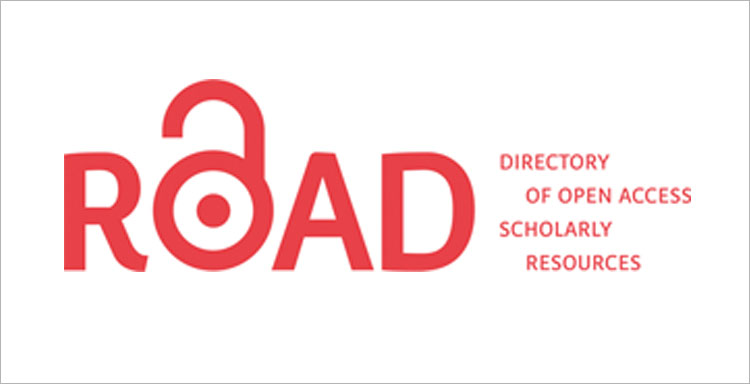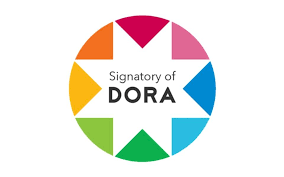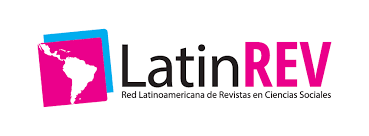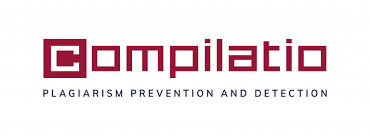Internal comunication in a higher education institution: IST Huaquillas case.
DOI:
https://doi.org/10.56124/sapientiae.v7i15.009Keywords:
Internal communication, Coordination of Networks, EVA, Technological platforms, Academic regulations.Abstract
Good internal communication at the institutional level is fundamental to achieve efficient work and reach institutional objectives. The Networking and Telecommunications Career Coordination has emerged as a focal point of this research due to a perceived lack of clear guidelines and effective communication strategies. The absence of a defined structure has led to possible misunderstandings, lack of alignment in objectives and poor communication among members of the academic and administrative team. Therefore, it was proposed to diagnose the problems of internal communication in the Instituto Superior Tecnológico Huaquillas by applying appropriate research techniques and proposing corrective measures to address the problem detected. In order to carry out the research, a mixed approach was adopted, combining surveys and observations, with a population of 65 members, including students, teachers and administrative personnel. The use of surveys made it possible to analyze the knowledge of technological platforms, the frequency of their use and the quality of communication with teachers, and continuous observation was applied during a period of 16 weeks. The use of surveys made it possible to analyze the knowledge of technological platforms, the frequency of their use and the quality of communication with teachers, and continuous observation was applied during a period of 16 weeks. The results of the research showed that the majority of students (93.8%) are aware of the ISTH technological platforms. The EVA platform is widely adopted (69.2% frequent), and teachers respond to WhatsApp messages at different levels (50.8% always), finally respondents mentioned the platforms that should be implemented (Instagram 32%, TikTok 31%). The research highlights areas of strength, such as the adoption of platforms, but points out the need to improve teacher-student communication and strengthen the dissemination of various regulations.
Downloads
References
Acosta, M. L., Ávila, M. (2019). Comunicación organizacional y clima laboral en Universidades Ecuatorianas. Revista Científica de Administración. 47. 67 – 82.
Ancín, I., Espinosa, J. (2017). La Relación entre la Comunicación Interna y el Clima Laboral: Estudio de caso de PYMES de la Ciudad de Guayaquil. PODIUM, 65 – 77. https://revistas.uees.edu.ec/index.php/Podium/article/view/79
Bravo, R. ( 2021). Comunicación efectiva a través de la virtualidad en la Formación Universitaria. Revista Dilemas Contemporáneos: Educación, Políticas y Valores, VIII(5), 2 -30. http://www.dilemascontemporaneoseducacionpoliticayvalores.com
Espinoza, L., & Padilla, M. (2018). La comunicación organizacional en la gestión del talento humano en la Universidad Estatal de Bolívar. Revista Comunicación, 37(2), 71-80.
Gómez, A., & Rodríguez, M. (2018). Comunicación Interna en Instituciones Educativas Superiores: Retos y Oportunidades Revista de Investigación Educativa, 35(2), 78-92.
Fernández, J., & López, C. (2017). Impacto de las Tecnologías de la Información en la Comunicación Académica: Un Estudio de Caso en una Universidad Tecnológica. Revista de Tecnología Educativa, 22(3), 110-130.
Martí A., Martínez R., Valcárcel N. (2018). La comunicación entre profesores y estudiantes universitarios durante el desarrollo del Proceso Docente Educativo. Revista Cubana de Educación Médica Superior, 32 (2).
Martínez, S., & Pérez, L. (2019). La Comunicación Docente-Estudiante en Entornos Virtuales de Aprendizaje: Un Análisis Crítico. Revista de Educación Digital, 15(1), 45-62.
Melgarejo D., Melgarejo I. (2022). El Wathsapp como herramienta educativa. Revisión sistemática. Revista Multidisciplinar Ciencia Latina, 339-359. https://doi.org/10.37811/cl_rcm.v6i4.2590.
Hernández, R., & Díaz, F. (2016). Redes Sociales y su Papel en la Comunicación Interna de Instituciones Académicas. Revista de Comunicación Digital, 8(4), 201-220.
Oyarvide, H. P., Reyes, E. F., & Montaño, M. R. (2017). La comunicación interna como herramienta indispensable de la administración de empresas. Dominio De Las Ciencias, 3(4), 296–309. https://doi.org/10.23857/dc.v3i4.687
Peña, I., Palacios, D., & Mendoza, G. (2020). La importancia de la Comunicación en el Rendimiento Investigativo de lo Estudiantes Universitarios. Journal Business Science, 63-72.
Tapia, A., Hernández, H., Rivera, P.(2022). ¿Comunicación responsable? El caso de una organización responsable. LiminaR, Estudios sociales y humanísticos. XX(2), 1 – 13. 2007-2027. https://doi.org/10.29043/liminarv.v20i2.913
Torres, M., & Vargas, P. (2015). Innovaciones Tecnológicas en la Comunicación Interna de Carreras Tecnológicas. Revista de Investigación en Tecnología Educativa , 12(4), 132-150. https://www.alfapublicaciones.com/index.php/alfapublicaciones/article/view/163
Ramírez, L., & Gutiérrez, A., (2017). Herramientas Digitales y su Contribución a la Socialización de Actividades Académicas: Un Enfoque Práctico. Revista de Innovación Educativa, 18(2), 56-78.

Published
How to Cite
Issue
Section
License
Copyright (c) 2024 Revista Científica Multidisciplinaria SAPIENTIAE. ISSN: 2600-6030.

This work is licensed under a Creative Commons Attribution-NonCommercial-ShareAlike 4.0 International License.

2.jpg)


















